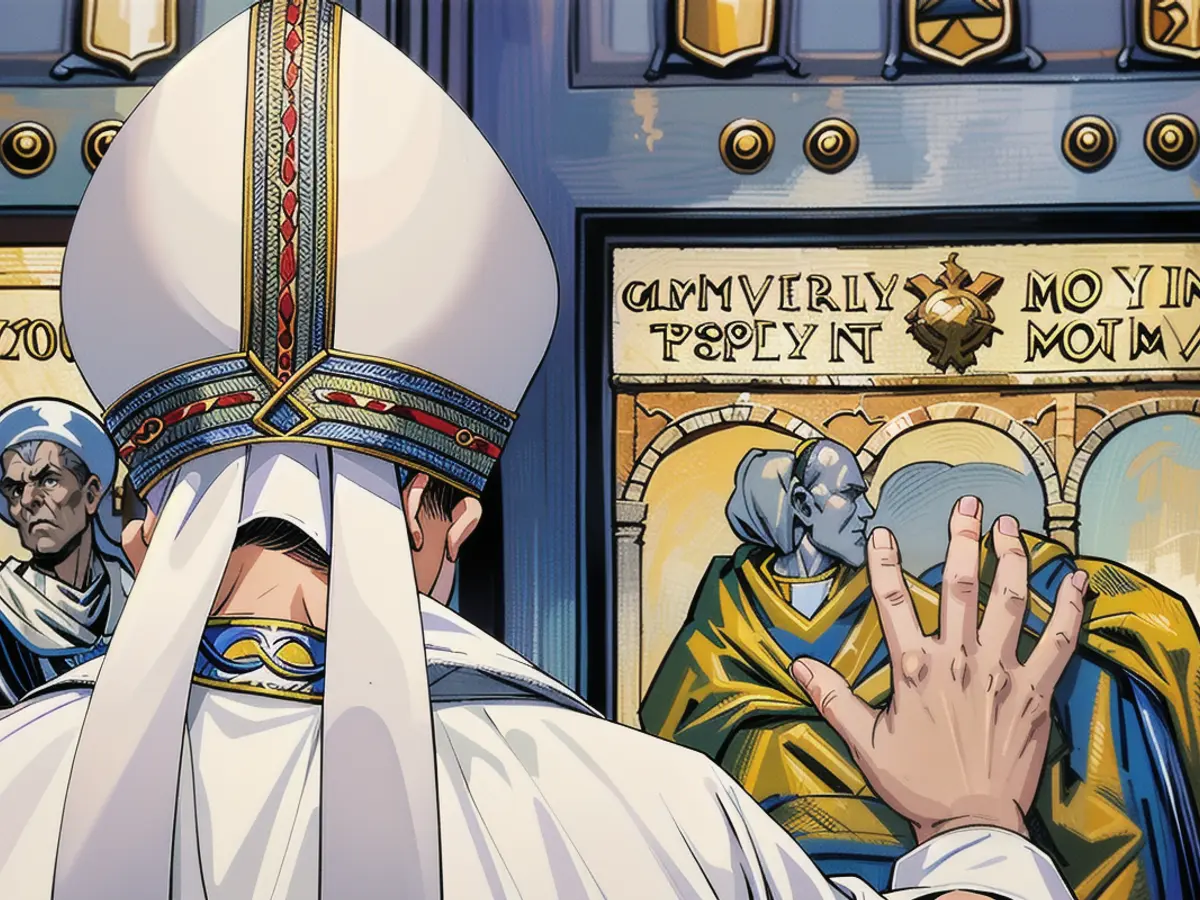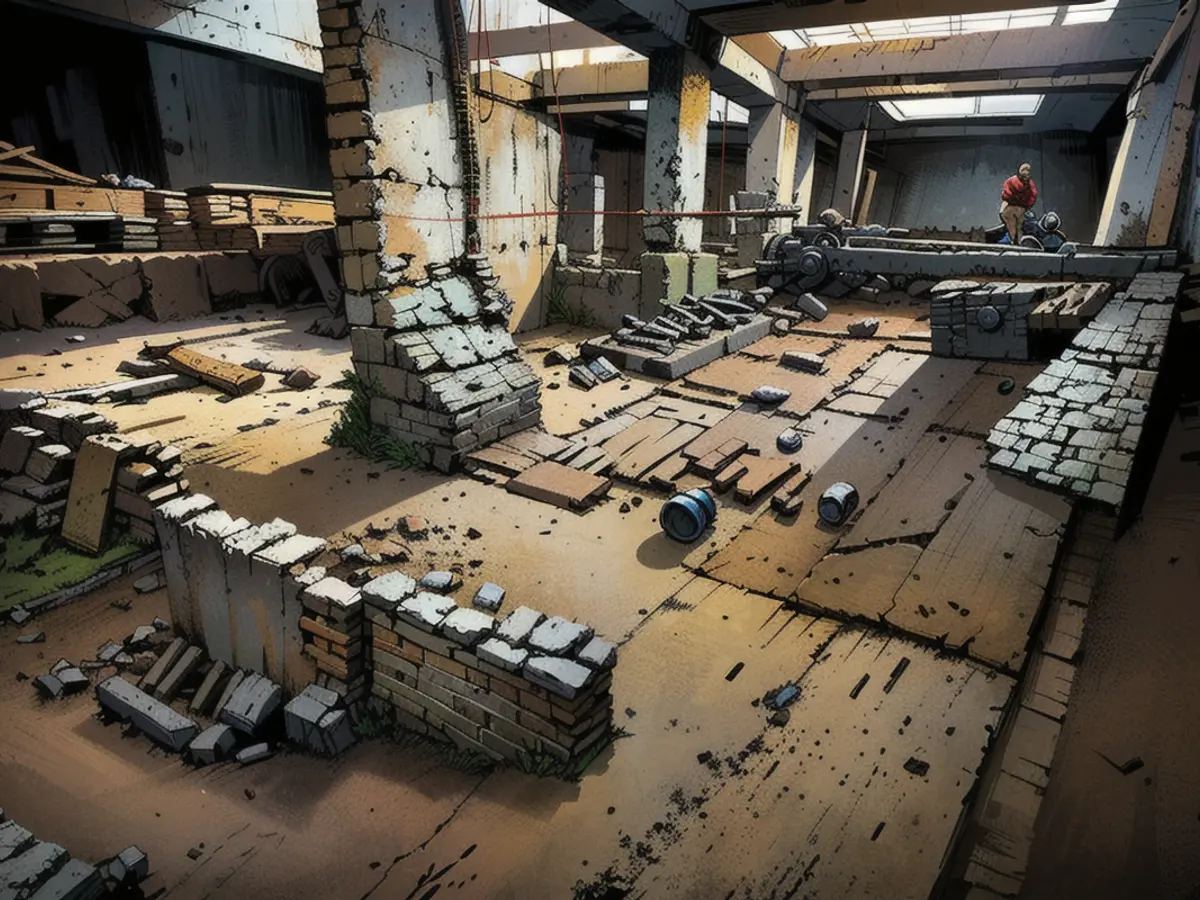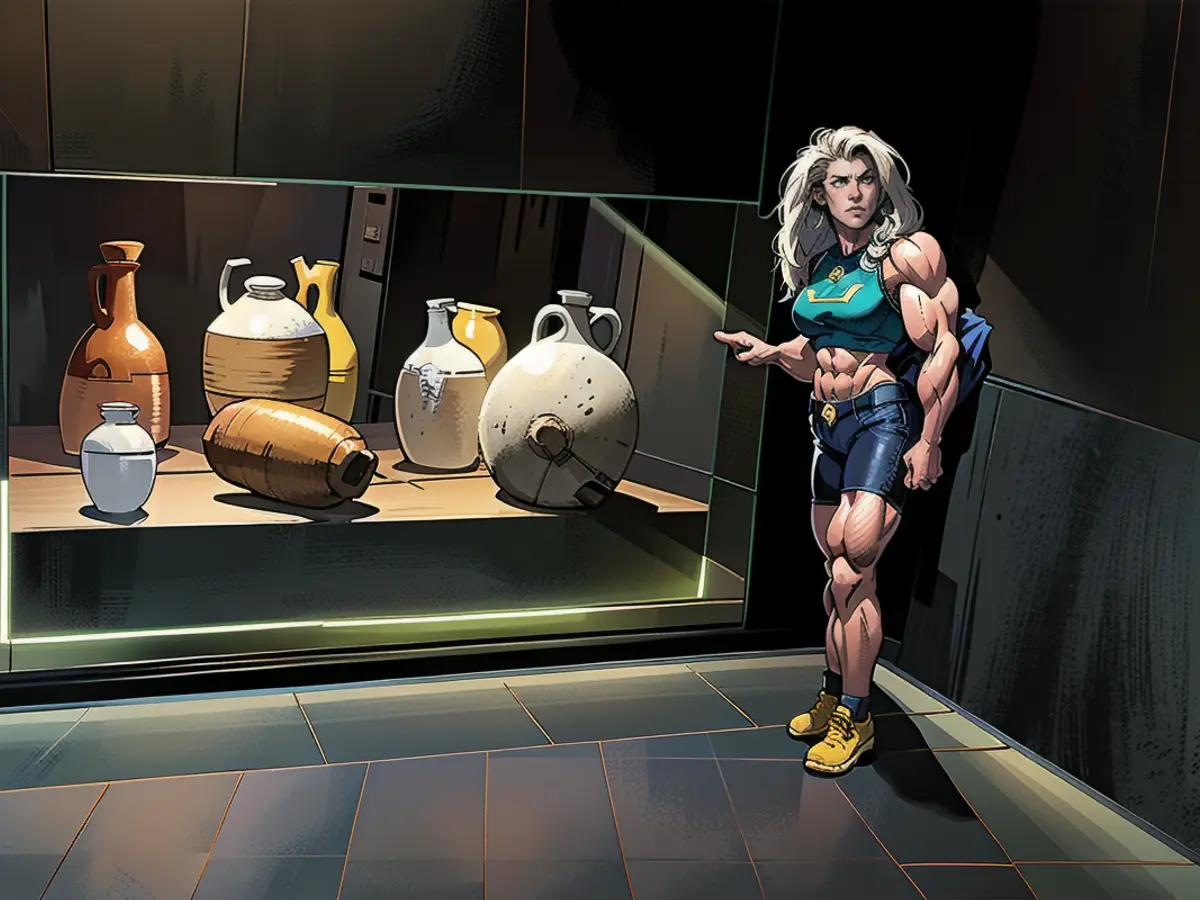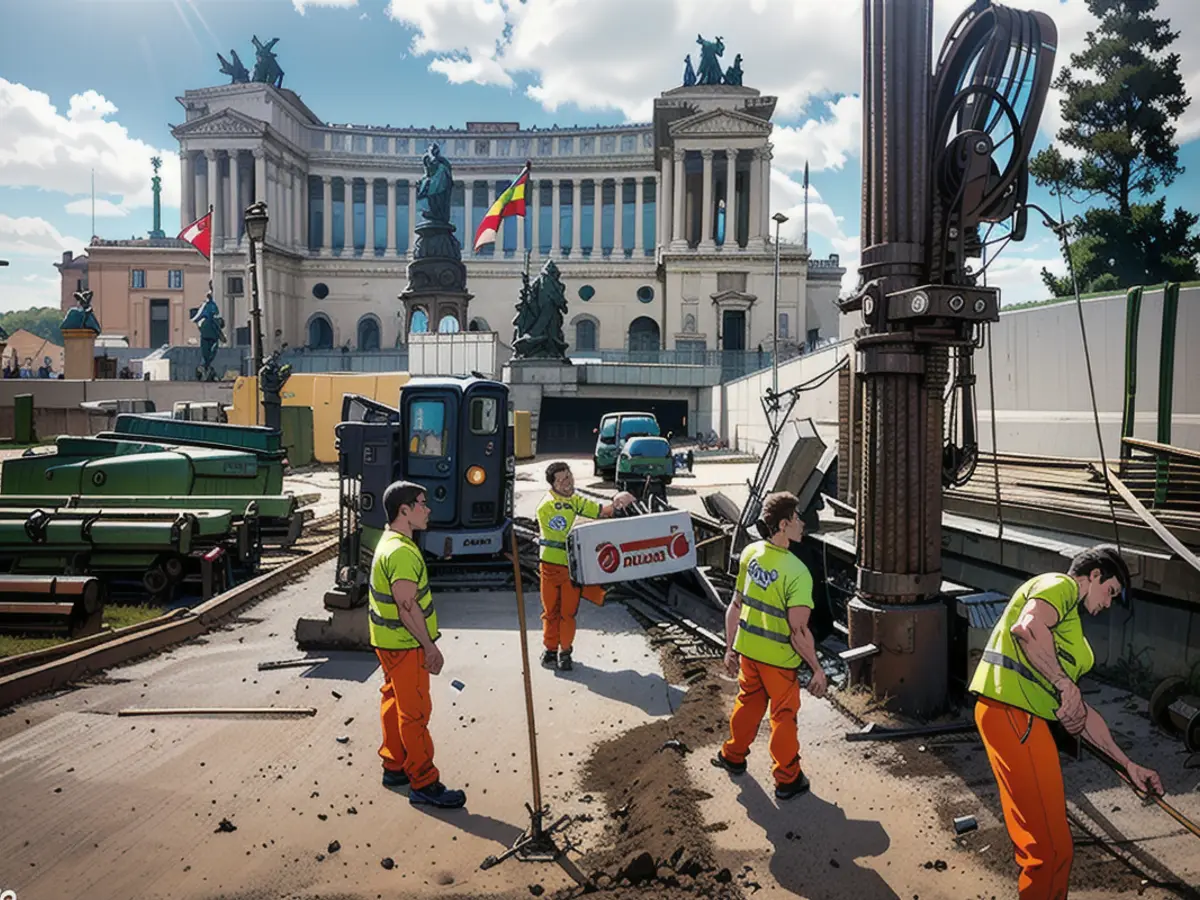Rome constructs a six-level underground museum, yet finds keep impeding the process.
The €700 million project (equivalent to $757.7 million) was first conceived as a significant connection between the Cathedral of St. John Lateran in Rome and Vatican City's St. Peter's Basilica during the year of the Catholic Jubilee in 2000. The aim was to simplify the process for pilgrims seeking for indulgences by walking through the sacred doors of Rome's major basilicas, which convert into holy doors only during Jubilee years. Pilgrims travel from various countries to visit the city and walk through these doors, symbolizing their readiness to receive forgiveness and reconciliation.
However, the idea for 2000 failed to materialize due to a catalogue of issues ranging from a corruption scandal in the local administration and the large number of archaeological artifacts – a whopping 40,000 pieces, including petrified peach seeds to pottery, vases, and even the walls and mosaics of Emperor Hadrian's 2,000-year-old military barracks – found with every pickaxe stroke during the early construction preparations.
There is now an aspiration to complete the showcase stop at Piazza Venezia within ten years, allowing its opening in conjunction with the Jubilee of 2033, commemorating the 2,000th anniversary of Jesus Christ's death. This stop is being overseen by Andrea Sciotti, the engineer in charge of the larger metro museum complex. In an interview with CNN at the worksite, Sciotti explained, "Ten years may seem like a long time, but we're not just dealing with engineering issues. This station will be judged the most beautiful in the world … we don't need to rely on museum items being transported in; the museum station itself is in its original context in ancient Rome."
Museum station with artifacts as they were found
During the last five years of work, all artifacts were moved from their original locations for restoration. Each artifact will be put back in its exact original position inside the metro museum, currently under construction some 85 meters (280 ft) down, encompassing eight stories beneath modern Rome.
Despite the presence of over 2,000 years of historical buildings below the contemporary city, only about 10% of ancient Rome has been unearthed. The city stretches back to the Neolithic age, and excavation work is typically slowed due to the discovery of these numerous relics, which are often reburied to protect them. Even simple infrastructure works like sewage repairs necessitate the presence of archeologists who can put a halt to work if necessary and uncover relics.

The station will also contain 27 escalators, six elevators, and 66,000 square meters of archeological exhibit space. Ancient walls found during excavations will be placed "in situ" in the modern subway station. Additionally, the historic Via Flaminia, which used to stretch from the ancient city to the Roman Forum and the Colosseum, will be present.
The station's three main entrances will link the three museums situated around the square: the Vittoriano, the Palazzo Venezia, and the outdoor remains of the Roman Forum, which ends with the Colosseum possessing its own metro station that will also feature museum and exhibition space.
Several of the archeological sites will have internal access points through the subway museum, meaning that regular commuters and tourists can access significant ruins like Hadrian's Auditorium, initially planned as the station entrance. After relocating and excavating the remains, they are currently only observable from street level.
"Top-down" excavation strategy
To maintain the site's integrity while digging, engineers are opting for a "top down" excavation method, previously employed in London's Jubilee line. Cross walls and diaphragms are being buried at depths to form the underground complex's perimeter. The soil removed for this purpose is being recycled and improved to be used in building materials, according to Sciotti.

The train tunnels aren't the challenge; they are planned to be over 100 feet below the ground.
"The delays come from reaching the level with the artifacts," he said. "We are moving through Medieval and Renaissance eras."
Venezia station's subway museum stop isn't the only archaeological find on the new line. In 2016, archeologists working on the Porta Metronia (formerly recognized as the Ambra Aradam) station discovered a 39-room complex spanning over 9,700 square feet, integrated into the underground station, scheduled to open in 2024. The new Colosseo-Fori station, which will include a four-level underground museum for artifacts such as 25 archaic wells unearthed during its construction, is slated to open after the activation tests are successfully completed by the end of 2025.
The entire 26-kilometer C-line will encompass Italy's first driverless, fully automated subway system, with an estimated reduction of 400,000 vehicles daily, consequently reducing CO2 emissions by approximately 310,000 tons yearly, according to WeBuild, the primary contractor for the project.
The plans for the 2000 Jubilee have been altered, removing certain stations in the historical part of the city due to their challenging excavation.

Read also:
- Fear of escalation in the Middle East: US Secretary of State Blinken travels to the region again
- Government circles: US Secretary of State Blinken to travel to Middle East again
- Bridging days 2024: How you can double your vacation this year
- Germany has wanderlust: how tour operators and airlines are looking ahead to the next travel year
Although the initial plan for the underground museum in Rome aimed to connect major basilicas for Jubilee pilgrims, travel from various countries increased as word spread about the sacred doors and the opportunity for forgiveness. (This sentence mentions 'travel' as pilgrims travel to Rome during Jubilee years.)
Upon starting construction, thousands of archaeological artifacts were unearthed, leading to significant delays in the project. These discoveries highlighted the rich history buried beneath modern Rome, prompting engineers to take care when excavating and placing artifacts in their original positions inside the museum. (This sentence mentions 'travel' indirectly, as archaeological artifacts suggest the existence of past civilizations that people traveled to and from.)
Source: edition.cnn.com








